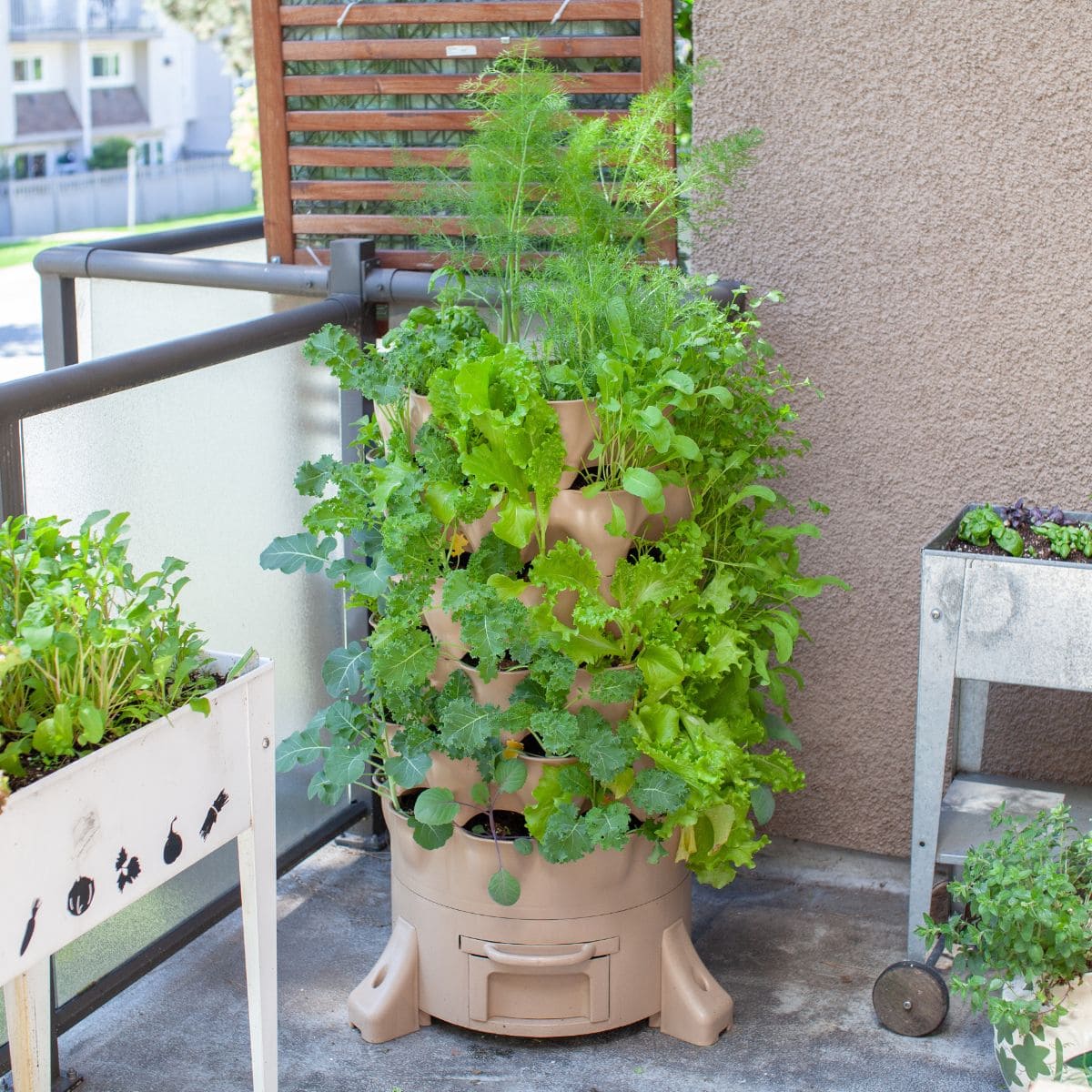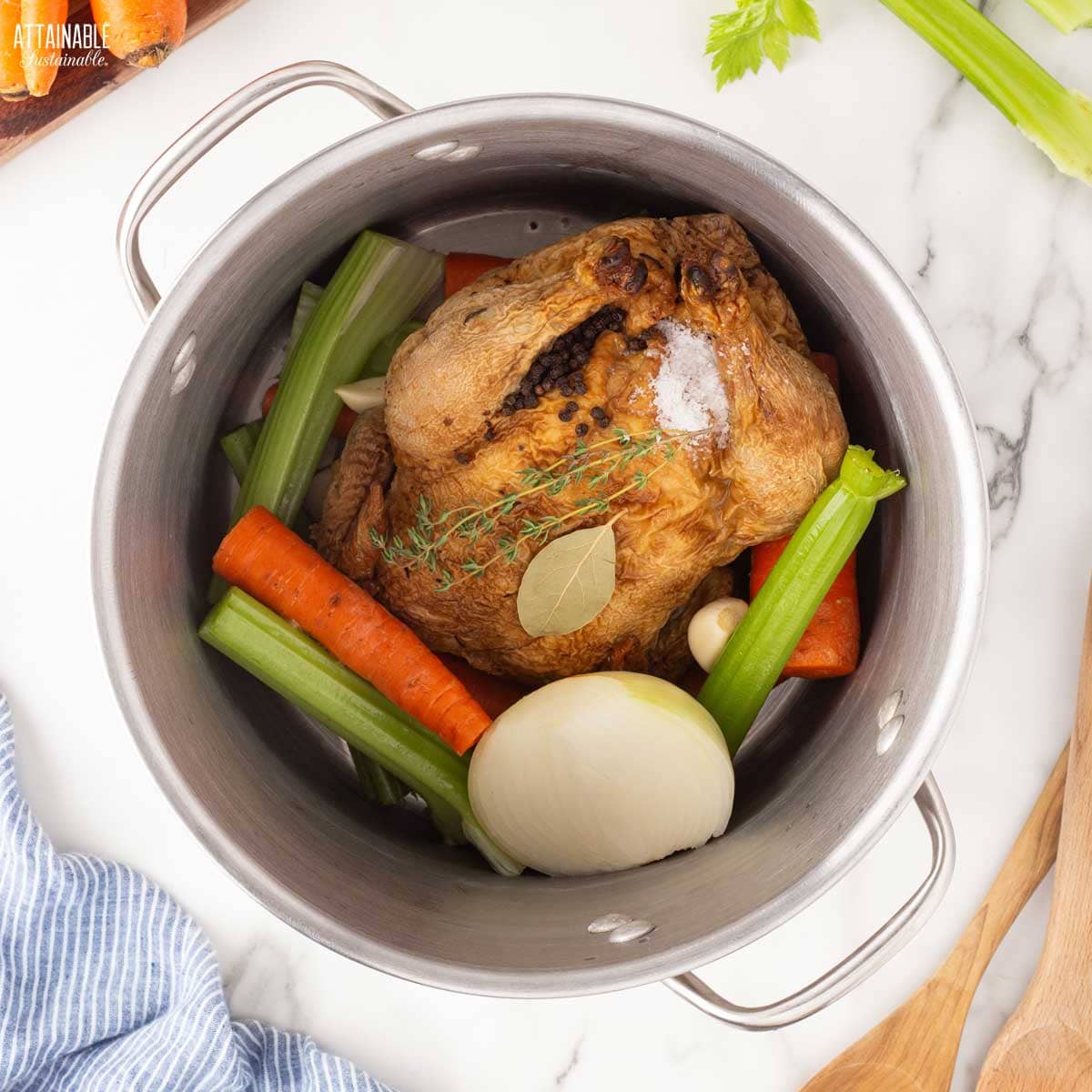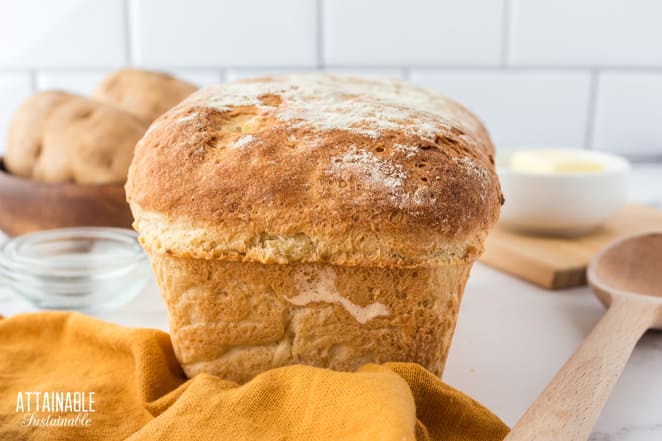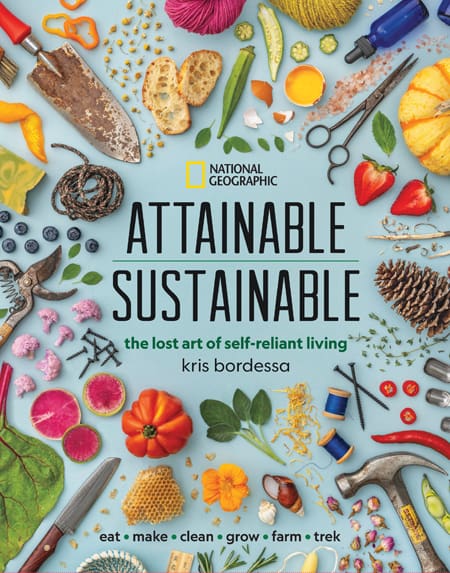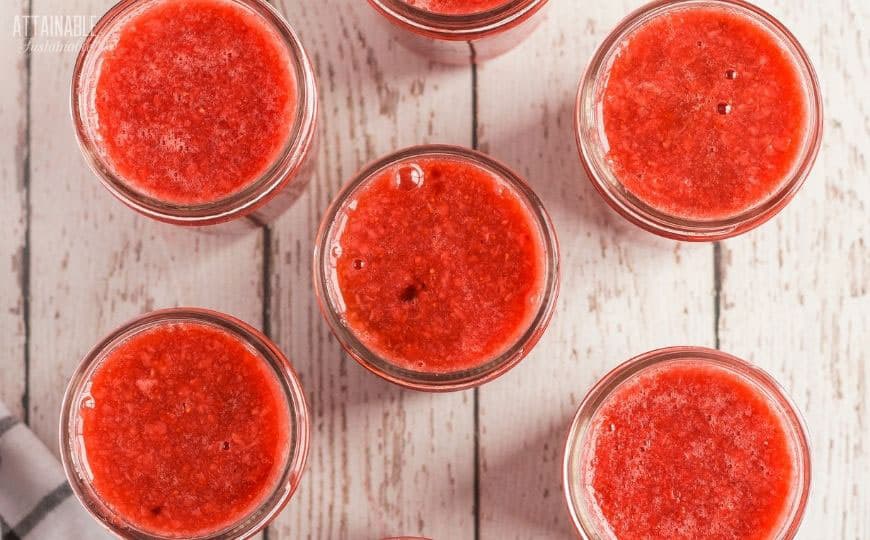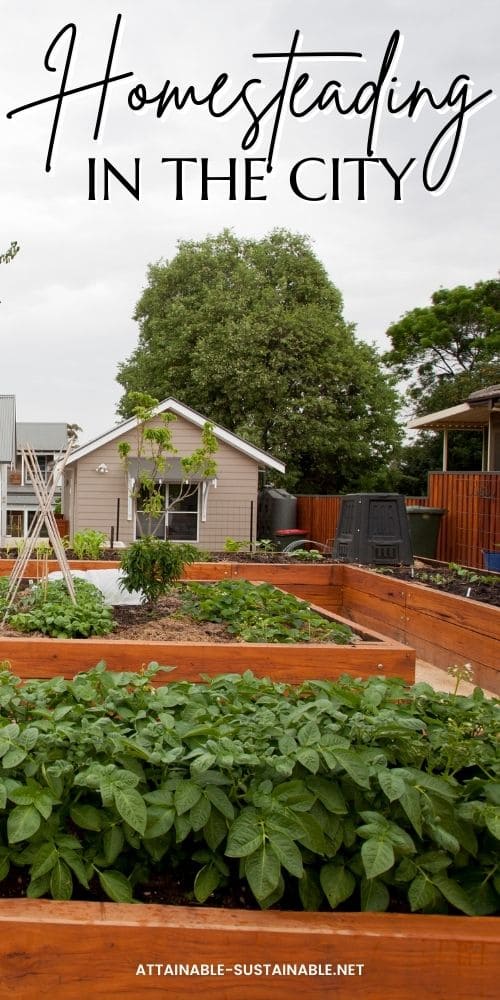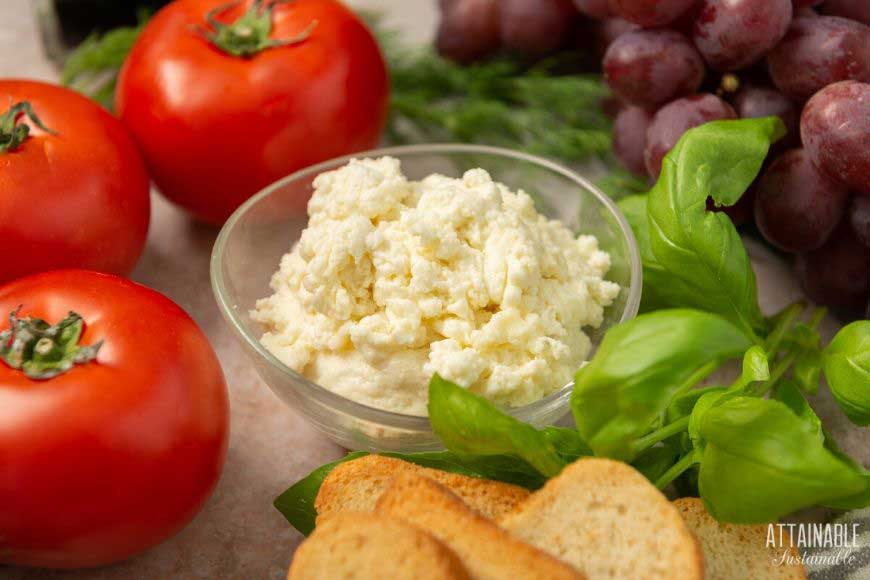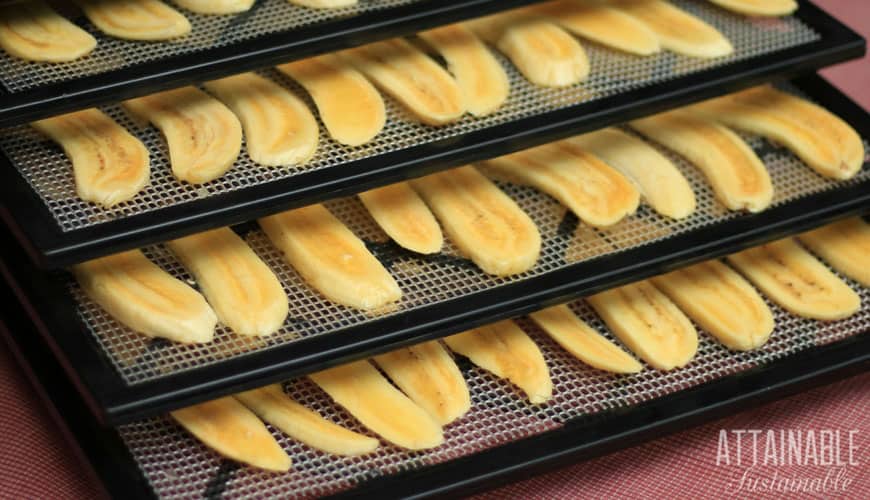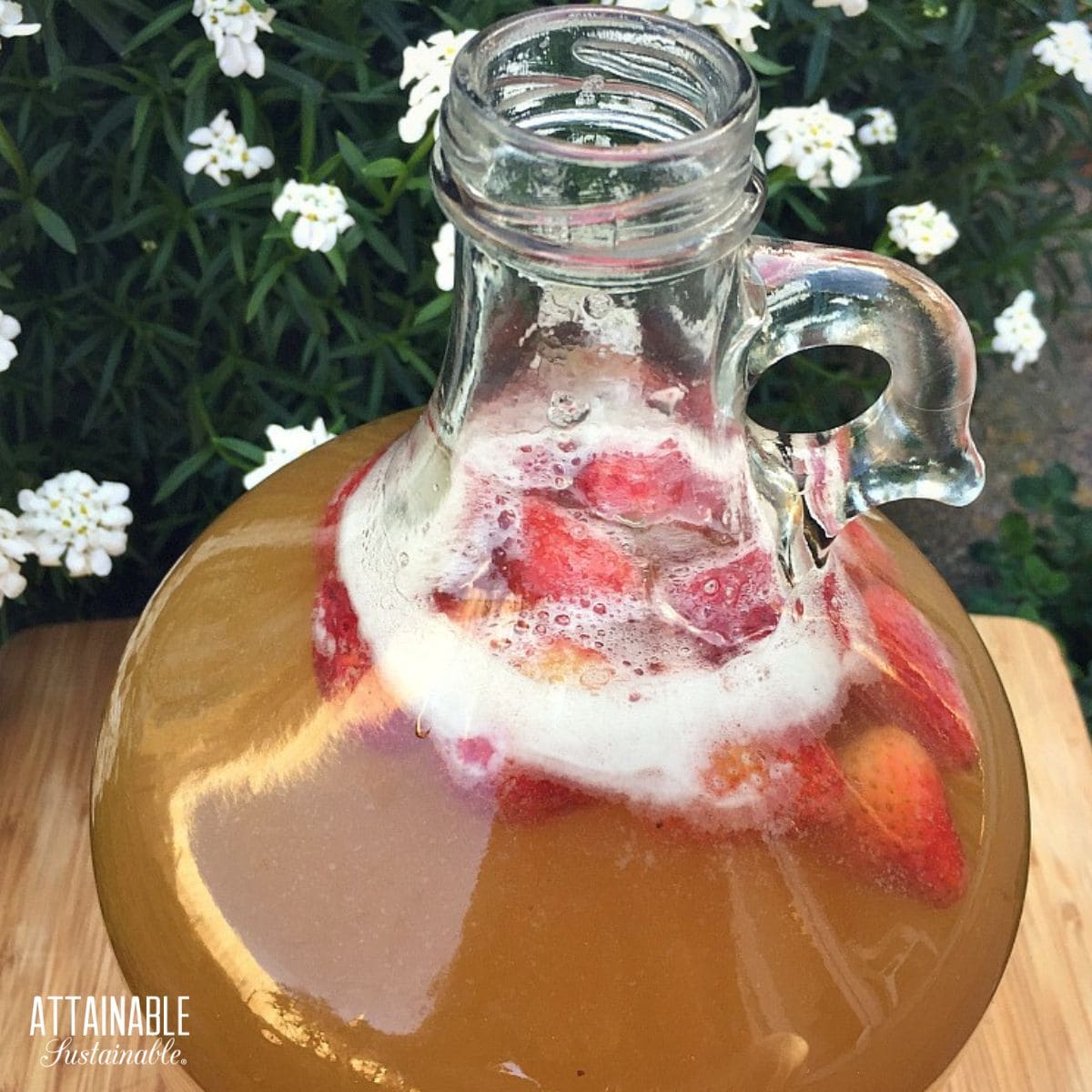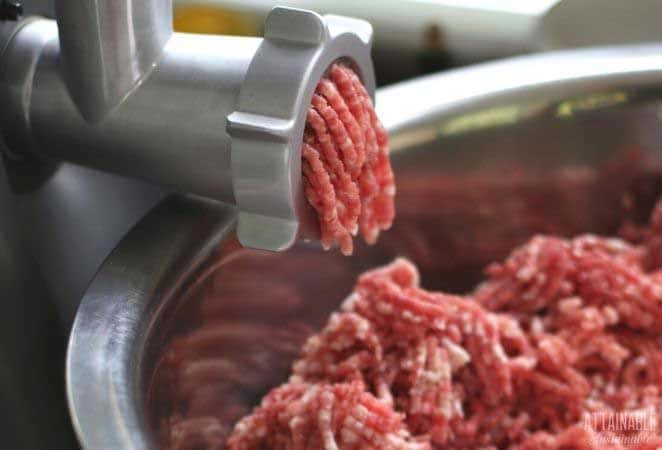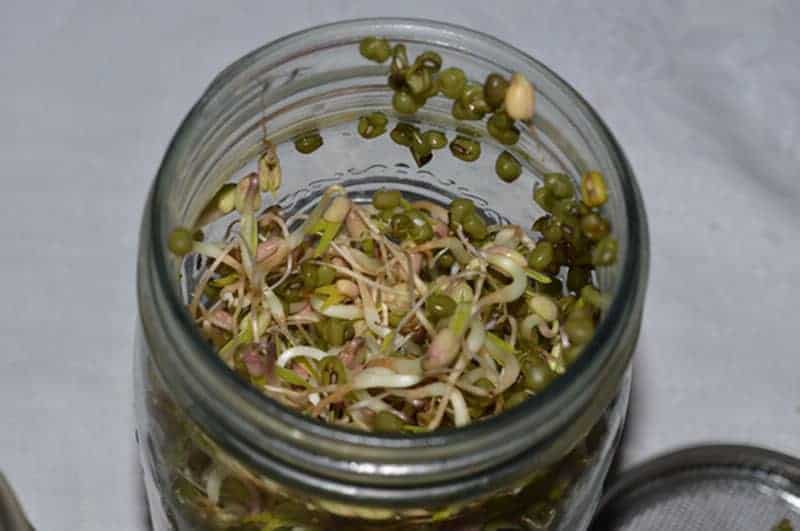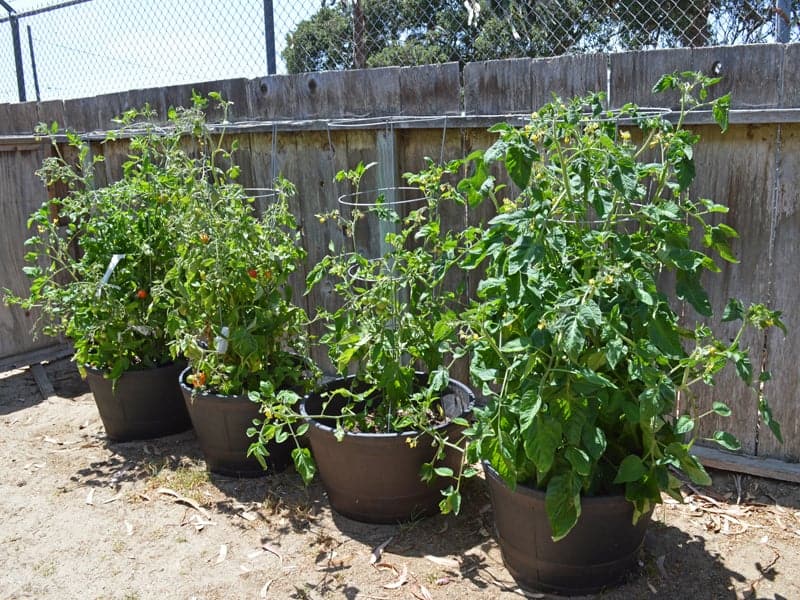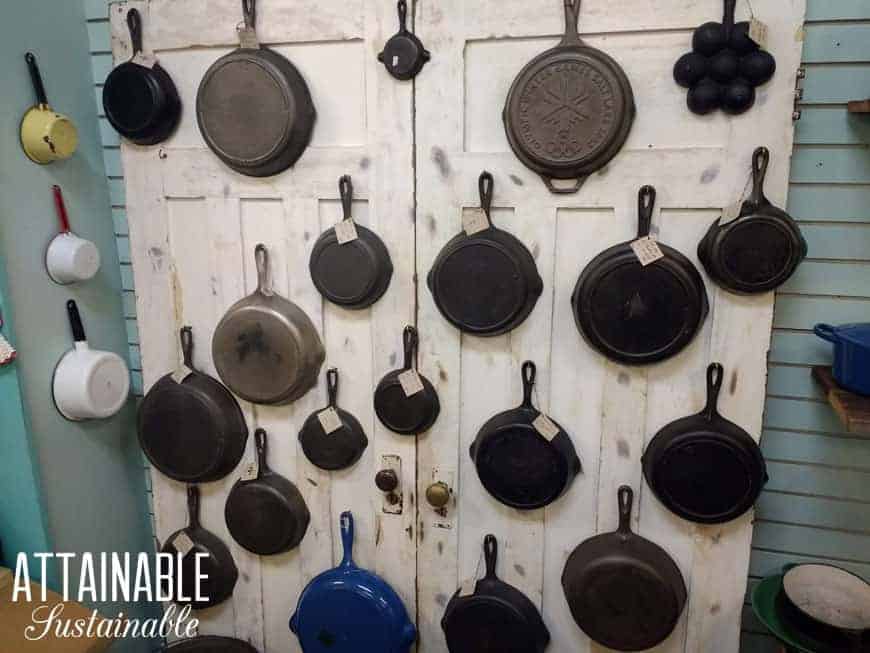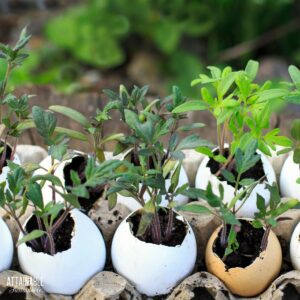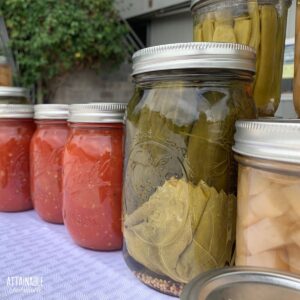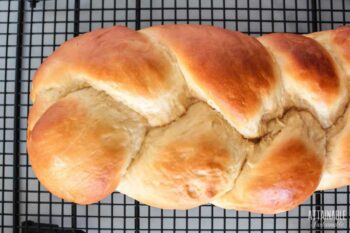Self sufficient living is no longer limited to a 160 acre tract of homestead land; urban homesteading is the answer! You can learn and embrace many crucial skills even if you live in the heart of the city!
Originally published October 2016; this post has been updated.
There are a whole lot of things in our modern world to be discontent with, but where you live? That doesn’t have to be one of them. Sure, you might dream of a bigger place, but there’s no reason that you can’t embrace some traditional self sufficient living skills right where you are.
Start slow, start now. It’s a process. You can tackle just about any of these homesteading skills from your apartment, urban dwelling, or suburban plot for more self sufficient living.
Urban Homesteading Skills
While I grew up on a small farm, I’ve lived in a condominium and in a number of urban homes over the years. Even when I lived in the condo with a 12′ x 12′ backyard (mostly concrete), I managed to grow some edibles. Not a ton, mind you, but some.
When I lived in a subdivision, my pantry was overflowing with canned goods made from locally sourced produce. It is possible to adopt a homestead-ish lifestyle without having a perfect homesteading location!
Take a Peek Inside My Book!
Get a free excerpt from my book, Attainable Sustainable: The Lost Art of Self-Reliant Living! You’ll also get my free weekly newsletter, complete with recipes, gardening tips, and a little peek at what’s going on around here — both the zany and the mundane.
1. Learn to Cook at Home
If you’re unsure about cooking from scratch and don’t know anyone who can guide you, you might have to dig in and teach yourself. But cooking at home is bar none, the best homesteading skill you can have.
2. Make Broth
Embracing the idea of using ingredients to the fullest and creating less waste, making bone broth (also called stock) is easy and good for you. You don’t need those boxes of broth from the store. Roast a whole chicken and extend that goodness by making broth.
3. Bake Bread
Is there anything better than loaf of bread to go with your home-cooked meal? Whether it’s a loaf of sandwich bread, potato bread, or soft French bread, a homemade loaf makes every meal better and is the perfect skill to master for urban homesteading.
4. Learn How to Cut up a Whole Chicken
If you’re buying chicken, it’s way less expensive to cut up a whole chicken than to buy just the pieces you like. And if you ever butcher your own chickens, that’s the only way they come.
5. Make Jam and Jelly at Home
Most store bought jam and jelly contains high fructose corn syrup. Plus? It’s expensive! Make it at home and you can choose fresh organic ingredients, and even use less sugar. This is one of the easiest urban homesteading skills to tackle, and canning jam and jelly is a great introduction to the art of canning food.
Read this guide to making jam and jelly first, then dive in and try your hand at grape jelly, strawberry jam, or this sweet and savory pineapple jalapeno jam.
6. Delve into Home Canning
When it comes to homesteading skills you can tackle — even if you live in the city — canning is right at the top of the list. Even if you’re not growing your own food, you can seek out local produce and learn how to turn that goodness into a fully stocked pantry.
Start by understanding the basics of canning and canning equipment.
If tomatoes are abundant, learn how to can tomatoes safely and then get started with salsa or chutney. These can be processed in a water bath to be made shelf stable.
For low-acid produce like green beans, broth, or meat, you’ll need to use the pressure canning method for safety.
7. DIY Dairy Products
Of course, since you probably don’t have a cow yet, you’ll have to find milk from a local farmer or use what you have available at your supermarket, but making some of your own dairy products is one of those totally doable urban homesteading skills that you can tackle in your kitchen. Try your hand at homemade ricotta cheese, creme fraiche, and sour cream.
8. Make Yogurt
Those little yogurt cups? What a waste they are. Especially when you can easily make a batch of yogurt at home. If you don’t want to send your kids to school with glass, these containers are a great reusable option.
9. Learn to Use Sourdough Starter
Once you’ve got a healthy sourdough starter thriving, you can use it in making bread, pancakes, pizza dough, and so much more. If you care for your starter, it will live with you for years. You should totally name it.
10. Learn to Dehydrate for Food Preservation
A dehydrator is simple to operate. If you can slice things, you can dehydrate things. I use an Excalibur dehydrator, but you can also use a low oven to preserve local produce. Try drying bananas, apples, or even strawberries!
11. Learn to Make Fermented Drinks with a Kick
Fermenting foods is gaining in popularity, but did you know you can also ferment your own adult beverages? Not the hard liquor kind, but check out this recipe for homemade mead.
12. Learn to Make Sausage
Eventually you may decide to raise your own animals for meat, but for now, you can simply use meat sourced from local farmers — or the local grocery store. Making sausage is really easy and you can customize it to suit your palate. Plus? Homemade sausage will save you a bundle at the store. Try this Italian sausage or my husband’s favorite breakfast sausage.
13. Know How to Store Dry Goods
One of the tenets of back-to-basics cooking is cooking from scratch with simple ingredients like flour, dry beans, and grains. If you don’t store them properly, though, they can go bad. You can read more about it here.
14. Grow Your Own Sprouts
Growing your own sprouts is economical, fast, and better for the environment. When you know how to sprout mung beans you’ll be able to sprout a variety of different beans, all winter long. They are crunchy, nutritious, and rich in antioxidants.
Microgreens are a bit different than sprouts and another way to grow some salad fixings.
 15. Grow Food in Containers
15. Grow Food in Containers
If you have a balcony, you can turn that area into a growing space! Many small space gardeners have been growing in containers with lots of success. Try growing in hanging containers, too, to make the most of your space. If you’ve got an outdoor patio or driveway, don’t discount those as places to set up a container garden.
16. Compost Under Your Sink
There are two good methods for composting with limited space: Vermicomposting with worms and and using a bokashi system. If done properly, neither of them will emit rank odors, so they’re excellent for self-sufficient city dwellers.
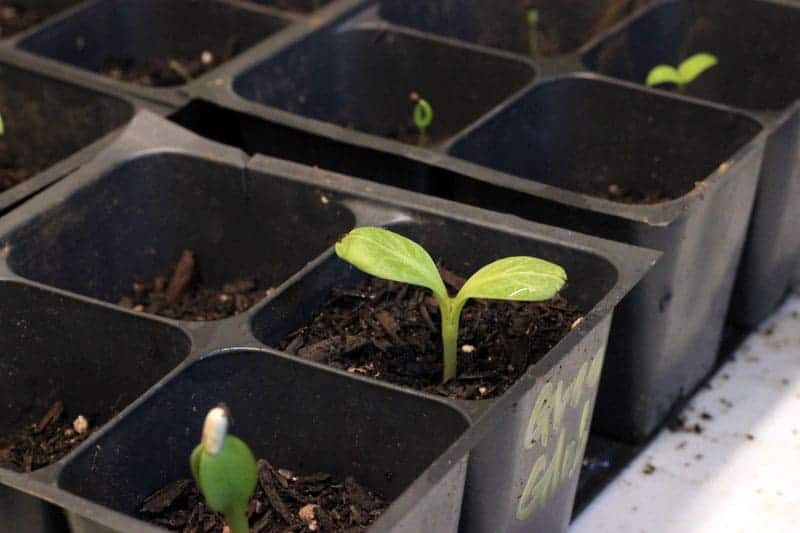
17. Plant Seeds
If you’ve never planted a garden, it’s possible that you’ve never planted a seed at all. Time to learn – here’s how! Even if you don’t have garden space, you can tuck some seeds into a planter on the windowsill.
By saving seeds from your heirloom or open-pollinated veggie plants, you can keep the growing cycle going. No need to spend money on new seeds every year!
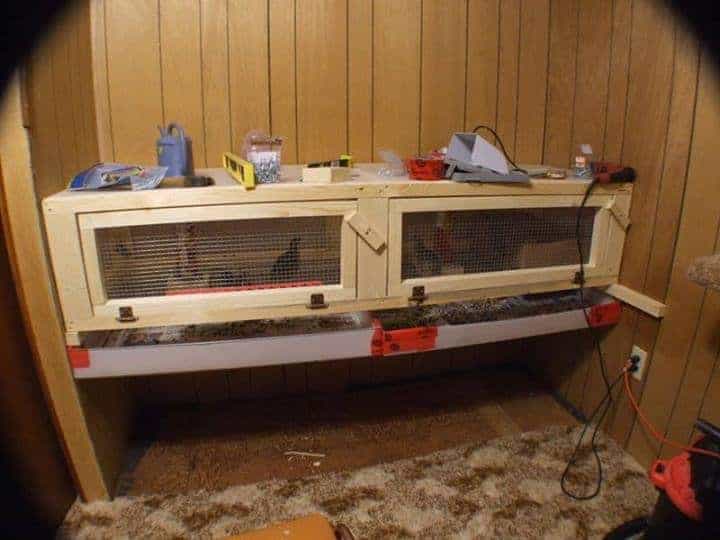
18. Raise Quail
Sound crazy? Maybe. But quail are small. People even raise them inside their homes. They don’t take much space, making them the perfect egg-laying bird for urban and suburban homestead living, leading to a more self sufficient lifestyle even in the city. Learn how to do it here.
19. Make Soap
Can you imagine not buying soap? I mean, we’ve always bought soap! (I have vague memories of a rock hard bar of lye soap at my grandma’s, but that was an anomaly.)
Turns out, it’s a self sufficient living skill we can all learn at home. Again with the saving money!
20. DIY Non-Toxic Products
We’ve gotten so used to using harsh chemicals in our homes that we often don’t think twice about that exposure. From personal care to cleaning products, there’s often a safer, gentler option. Try making your own laundry soap or dish soap. Or a homemade salt scrub to exfoliate your skin.
21. Sew on a Button
It’s one of the simplest homesteading skills, but one that not many people tackle these days. Instead of tossing out that pair of pants when you bust a button, learn to sew it back on!
22. Embrace Cast Iron
Every urban homestead — any homestead! — needs at least one cast iron skillet. We use ours daily and it’s as non-stick as can be. Here’s how to care for cast iron to keep it in the family for generations.
23. Shift Away from Single Use
Instead of buying plastic baggies or cling wrap, save yourself some money and eliminate a lot of waste by embracing greener options. Make a collection of beeswax wraps in assorted sizes to cover bowls or whip up some of these cloth snack bags. They’re cute and eco-friendly!
And here are some smart steps to take when living in uncertain times.

